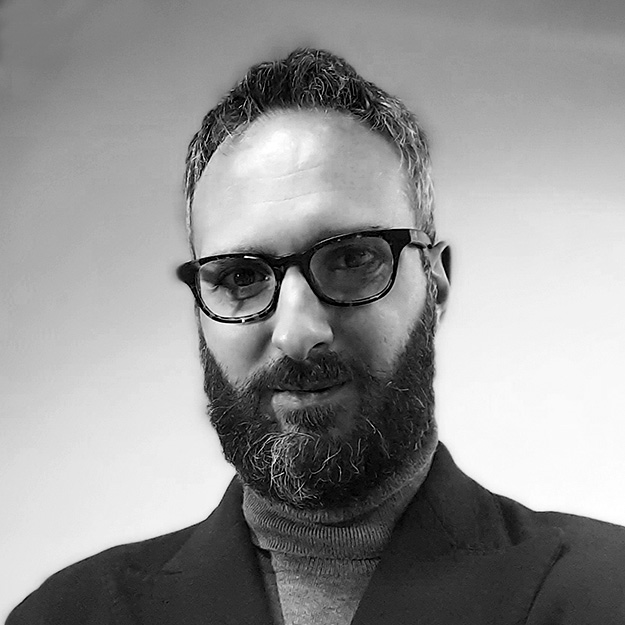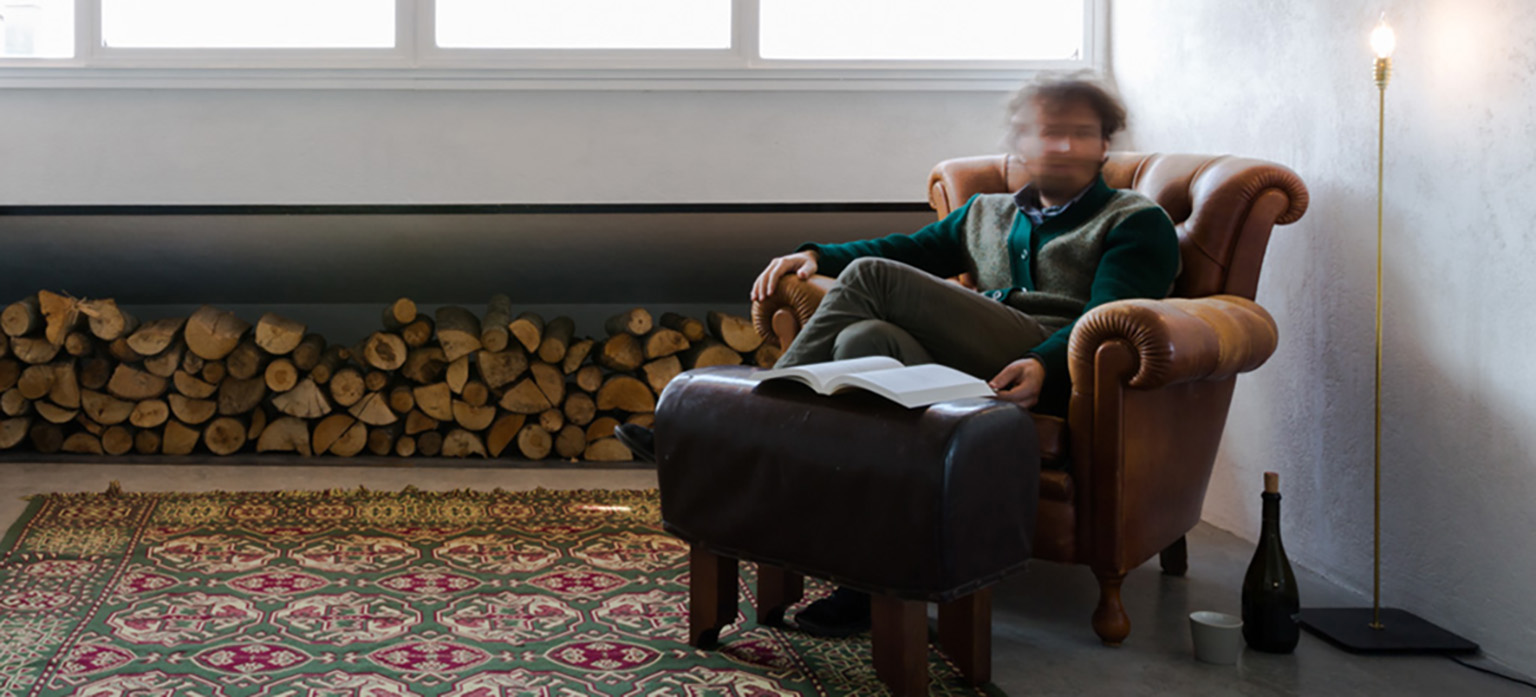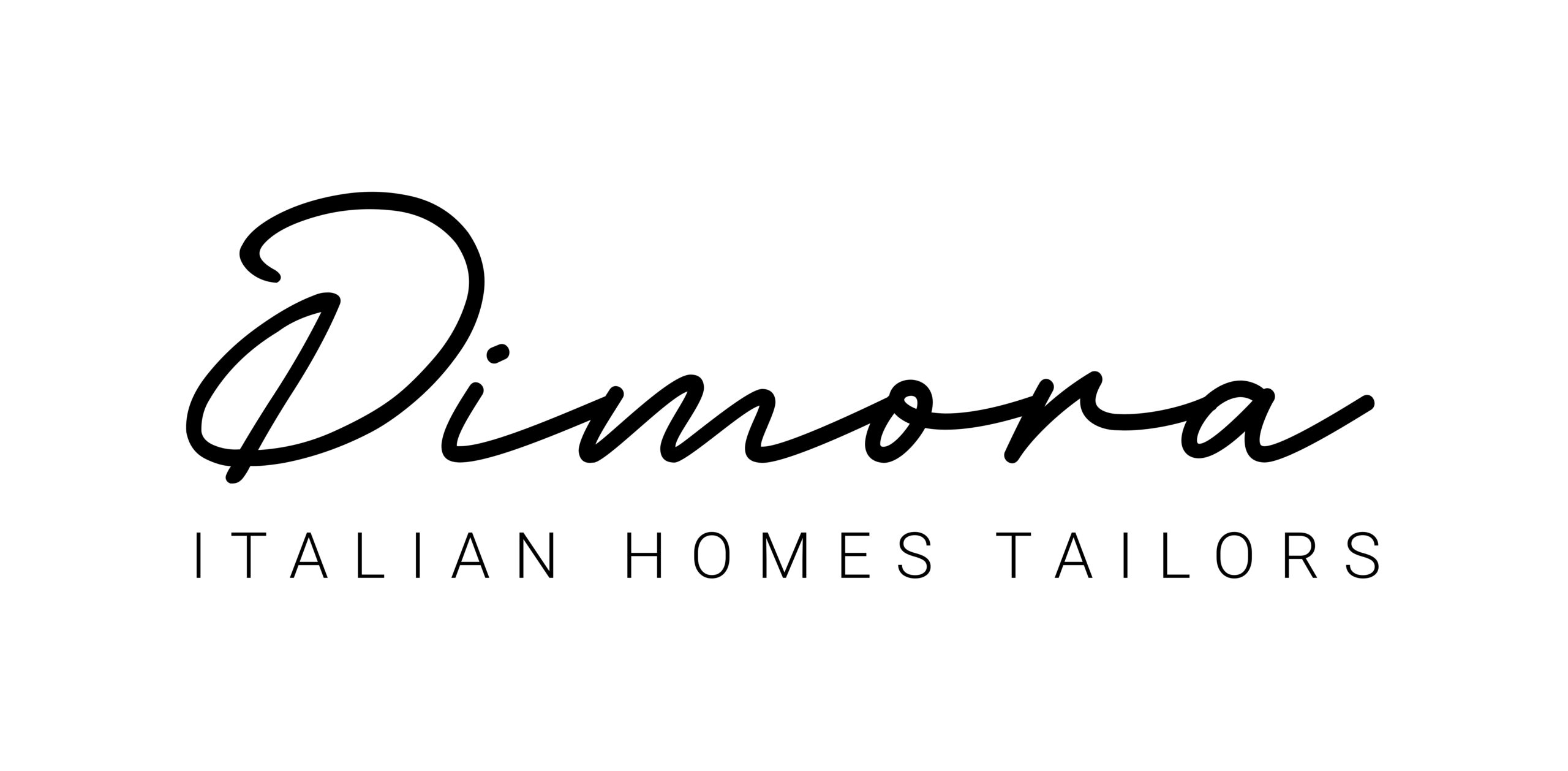About us
These buildings are nothing without their context, deeply rooted in the landscape they are integral part of a larger system, therefore we combine high quality design that could preserves the strong identity of these places, with an ethical approach to sustainability that extends beyond the energy efficiency formulas and take into consideration community, local economy and lifestyle
ETHICS
Build less, save land,
protect beauty
We are at a critical point for the future of our planet, expansion of built-up areas and land consumption are not sustainable at today rate.
In the most beautiful areas of Italy, there are many abandoned buildings, they are part of our history, elements elements of our culture, tales made of stone and mortar that speak about us and are about to be lost.
Finally a growing number of people understand the importance of moving away from a futureless consumer society: the most sustainable thing is not to build, so why don’t we transform and re-use these forgotten treasures? Save the planet with beauty!
AESTETICS
We hate fake:
old is old, new is new
Ugly buildings are not sustainable by definition.
Old buildings and modern needs can co-exist.
Our aim is not to restore (to bring back to original condition) but to preserve (keep something live).
We hate fake, we won’t replicate something that belong to the past: the old remains old, the new must be clearly legible.
LIFESTYLE
Ditch consumerism!
Nourish your passions
and enjoy little things
We believe in a less consumerist approach that could make us re-discover the little things that truly improve our life.
We enjoy good food, value a nice chat greatly, consider art and beauty our driving force.
We pursue a balanced life that gives us the time to nourish our passions.

Pier-Luigi Cavedine
CO-FOUNDER
Pier graduated from IUAV University of Architecture of Venice, he comes from a family of architects and since 2008 has been working as an architect in London. The size of the project he was involved with go from the masterplan of one of the largest shopping mall in Qatar, to the finest detail for luxury brands boutiques. He has now shifted his professional work to repurposing old building, non-speculative regenerations and how their transformation can bring real benefit to the community and the environment.
Pursuing his passion for fine details and believing that we need to make an effort create a better future he co-founded Dimora. His extensive experience in complex renovation projects brought him to focus on the managing side of the company.

Carlo Garspari
CO-FOUNDER
Carlo graduated from IUAV University of Architecture of Venice, in 2007 he moved to Northern Ireland where he worked for Hall McKnight (Downs Medal, 2008 young architect of the year award, RIBA national award) until 2009 when he was hired by the famous international practice David Chipperfield Architects for their Milan office. Carlo was involved in international competitions and the construction of public spaces and buildings, in this period he developed a profound interest for public architecture and how the design of public spaces can improve communities.
In 2012 he opened his own practice in Milan, but drawn by the passion for beautiful landscapes and their old buildings he moved the office to Pescara and started renovation projects in rural villages and ancient hamlets. Carlo managed to fulfil his dreams co-founding Dimora and supervises the design and quality of our homes.
Dimora explained:
interview with the founders
‘In the most beautiful part of Italy there is a multitude of abandoned buildings that are about to be lost. These buildings are essential elements of our landscape, our history, they are tales made of stone and mortar, so we decided that we would try to save them…’
READ MORE

Tell us about Dimora
PLC: Dimora is a new concept in the built environment that combines design, real estate, project management and maintenance with passion for beauty and a strong ethical approach. We fiercely believe we need to consume less for the future of our planet, we also love art and fine craftsmanship, so we made these values the driving force of our work saving fascinating old buildings in the most beautiful areas of Italy, and transforming them in comfortable homes, completely tailored on the requirements of the customer.
Our work starts at the very beginning: we advise customers who want to buy a house in Italy, help with the search for a suitable property, and guide them through all the steps, assisting with the legal aspects of buying, taking care of the design and renovation works, making sure all final touches are up to the highest standards, getting the furniture fitted and the house ready for them to move in, and after that all the necessary fine tuning. We deal with absolutely everything. During all this process most of our clients can’t be present, we are their eyes and their right hand. Finding a house in your favourite Italian location and transform it in your perfect home has never been that easy.
Why did you start it?
CG: we both grew up in old houses; we share similar stories that happened in two different locations. As a child we lived in houses that our great-grandparents bought, those buildings changed and were adapted through the years, they became an important part of the history of our families. In a similar way, the many Italian old buildings are fundamental parts of our heritage, they are as important as the food we eat, the language we speak and the people we meet everyday.
Pier and I have been very interested in re-use and repurposing since university: my degree exam was the rehabilitation of a deserted village up on the mountains in central Italy whilst Pier proposed a project for the re-qualification of an abandoned quarry. There is a multitude of abandoned buildings in the most beautiful areas of Italy that are about to be lost.
These buildings are essential elements of our landscape, our history, they are tales made of stone and mortar, so we decided that we would try to save them… we only didn’t really know how…
What made you start then?
PLC: well… I told Carlo about an English friend of mine, who has lived in Italy since the late 80’s, and years ago he bought a derelict building on the mountains near Verona. It was a fascinating ruin, four thick stone walls and a heavy roof made of local stone slabs, it was very close to collapsing. Electricity was miles away, no running water but only a water spring near by, the property was connected to the road by a long narrow footpath. It seemed impossible to restore, but he made it. It took over 10 years to make it comfortable without spoiling its romantic aspect of a ruin.
And then, quite recently, Carlo met a couple who wanted to move to Italy to start a new life. Unhappy with their lifestyle they wanted to enjoy more, change pace, read, cook, walk. They were looking for a place that would have been their last place to live, their “forever home”.
What is so unique about your company?
CG: while helping our first customer in their adventure we noticed few gaps in the market. Before Dimora, when we solely designed architecture, we noticed that our clients were spending too many energies and time in dealing with the many people involved in the project and costing them more money for hasty decisions.
We saw that no company was offering a comprehensive service, that could help customer put things into perspective, make them see the wider picture and subsequently let them decide with peace of mind. So far choosing a property, buying a house, finding a designer, hiring a construction company, plumber or electrician, getting utilities connected, they were all independent operations left to the buyer, alone in taking decisions. It is important to understand that the estate agents focus on the positive aspects of the properties, but it is up to the buyer to assess potential issues, and buying may feel like gambling.
The legal aspects with an almost incomprehensible jargon can be very tiresome, sometime misleading, and have serious implications.
Then, once the house has been bought, the new owner is facing the dilemma of choosing builders and contractors; this is a critical decision and extremely difficult for a foreigner with little connection.
Our job starts at the very beginning, when the clients look for the right place to buy, and ends after they are happily settled in a house that has been specifically transformed to their needs and personality.
Our approach to sustainability is not limited to producing energy efficient buildings, but extends to how they are achieved, what economical and social aspects they affect, and the inherent moral commitment required.
With regards to the quality of architecture, it is our personal choice not to take on-board any old house, instead they are carefully selected for the pleasant location and their potentiality to become something beautiful.
What services you offer and how they are different from other companies?
PLC: Carlo already described how the path from finding a new house to finally call it home is not as easy as it may seems. Unlikely the traditional trades in the built environment sector we do not focus on one single aspect of the product and our strength is that we keep expertise, professionals, trades and ancillary businesses under the same roof. We offer Advisory Services during property search and acquisition, Legal and Bureaucratic Assistance, Architecture and Design, Planning and Other Statutory Applications, Project Management and Contract Administration, Maintenance Services.
The great difference is that we do not sell anything, but we provide a comprehensive service: we don’t sell houses and therefore you can always expect an independent and professional advice.
Why should I come to you when I can go straight to estate agency?
PLC: Carlo and I are architect with over 14 years of experience and when we propose a property we have already imagined what can be transformed and adjusted to your needs. I can give you a concrete example: once one client didn’t even want to look at the house than they ended up buying. Sometimes it is difficult for non-experts to see the hidden potentials. They couldn’t picture how that same house could have been converted, but Carlo made them see the latent possibility that it had.
We would provide competent advise, help you visualise possible scenarios, surely we won’t tell you fairy tales just to sell the property.
You are passionate about preserving the identity of old building and villages, but how does it translate into spaces that are able to provide the modern life comforts and satisfy our contemporary needs?
CG : In our projects we do not focus exclusively on the building itself, the context is also extremely important. In the past buildings designed by “architects” were for a wealthy minority, instead the building we deal with are the result of the work of a community, who shared building techniques (even what we consider now building mistakes), local materials and a common architectural language… maybe this is what inspired our clients, not just an ubiquitous house, but something rooted in its territory, welcoming neighbourhoods, small communities, the grocer who call you by your name…
When a client choose to live in a place with a strong identity, they understand its emotional power, and they are prepared to embrace a design that prioritise the essence of the building.
We don’t like historical fakes, we won’t replicate something that belong to the past: it would be like speaking an old language that nobody uses any more.
We wish the old to remain old and the new to be clearly legible.
Our aim is not to restore, but to preserve.
Restoration aspires returning to a former condition, whilst preservation is the process of keeping something live.
Using something regularly, means that the object will be consumed but also maintained, and as long as it has a purpose it won’t be forgotten.
Only transforming those buildings in modern spaces that suit present-day needs, we will be able to preserve them.
We, at Dimora, want to create contemporary homes where new elements gently complement the original building and enhance its authentic character.
The future of these buildings is determined by preservation of original elements and the ability of repurposing them. In this operation what do you preserve?
PLC: Obviously we can’t preserve everything old, otherwise the world would become a huge museum of clutter, we need to apply critical preservation.
This involves the skilled understanding of what is authentic what values are embedded in the object, in our work we try to retain the spirit of the place…
…but don’t worry it is not as esoteric as it may sound…
How sustainable are your building and what is your approach to that?
PLC: the most sustainable thing is not to build. In re-using existing construction we minimise the carbon footprint generated not only by the new building, but also by the demolition and its waste disposal.
Old building when properly renovated and fitted with the last generation systems can use less energy than new ones. For instance the one metre thick walls of my father house have similar insulation properties of new built thinner wall, it only needed new windows to achieve good thermal performance.
Finally you can see how re-using existing building goes in the opposite direction of consumerism, and this ties in very well with our client lifestyle.
But the concept of sustainability must not be limited only to reducing carbon emissions, and should be extended to many other aspects of dwelling.
A pretty village without a baker, cobbler, plumber we would be as fake as a movie set: therefore preserving the identity of a place must involve supporting local businesses, and, in a way, the small local economy can be the very essence of our offer.
You clearly indicated how your work is driven by recurrent core values, but how important is that your client share your philosophy?
CG: it’s essential!
Of course they appreciate our unique turn-key service, starting from the independent advice before choosing the property, all the way to completion and then maintenance. But primarily they they see value in those buildings, understand how they are bound to the specific place and its people. I would describe our client as people who care for the environment and believe in a less consumerist approach, are open-minded and consider customs and traditions a good source of inspiration, cherish simplicity, and what really define them is their pursue of a balanced lifestyle that allows them to nourish their passions and enjoy little things in life.
Classic last question: what do you anticipate for the future?
PLC: Italy, despite being the 8th largest economy by nominal GDP, has a very small number of global multinational corporation, the bulk of the economy is driven by a multitude of small businesses that pay taxes locally, and provide both alternatives and competition. The small size and their connection to the territory means that they are more attentive to environmental issues, take better care of their employees, and contribute largely to the good of the community. We see in this model great potential for an economy oriented to sustainability, equality and better life. We are searching for local artist who could work with us, rediscovering old craftsmanship that could be revisited and used in our project, and implementing our strategy to make sure that our work won’t be the mere answer to the necessity of having a roof, but a meaningful process.
CG: We saw quite a drastic change of direction during the 2020 coronavirus pandemic, that pushed us to make full use of the latest technologies, find alternative ways of working, and review our priorities. We witness a different life-style could be possible, so we hope that our projects will inspire new way of living.


